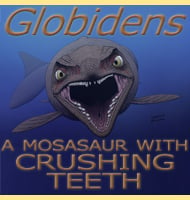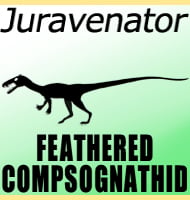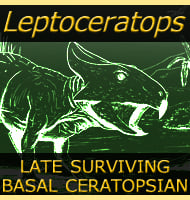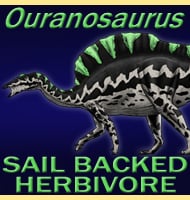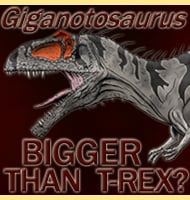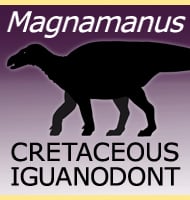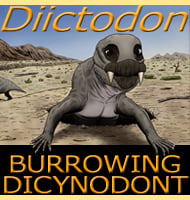In Depth
In life Procaimanoidea would have lived like a small alligator feeding upon a variety of animals from fish such as Diplomystus, to invertebrates like freshwater shrimp. The main evidence for this comes from the two different kinds of teeth in the jaws, sharper conical teeth in the front, and more rounded teeth in the back. Procaimanoidea could have used these teeth to both seize slippery, soft bodied prey like fish, while also cracking open the armoured exoskeletons of invertebrates to get at the soft flesh within. However, Procaimanoidea was not unique as other crocodiles such as Bernissartia from the early Cretaceous also had a similar variance in its teeth.
Another Eocene crocodile named Hassiacosuchus once had a second species named Hassiacosuchus kayi, but in 1967 this species was found to actually belong to the Procaimanoidea genus (study by Wassersug and Hecht). These attributed remains were used to establish the second species for Procaimanoidea, P. kayi.
Further Reading
– A new crocodilian, Hassiacosuchus kayi, from the Bridger Eocene beds of Wyoming. – Annals of Carnegie Museum 28:207-220. – C. C. Mook – 1941. – A new crocodilian from the Eocene of Utah. – Journal of Paleontology 20(1):62-67. – C. W. Gilmore – 1946. – The status of the crocodylid genera Procaimanoidea and Hassiacosuchus in the New World. – Herpetologica. 23 (1): 30–34. – R. J. Wassersug, M. K. Hecht – 1967.

